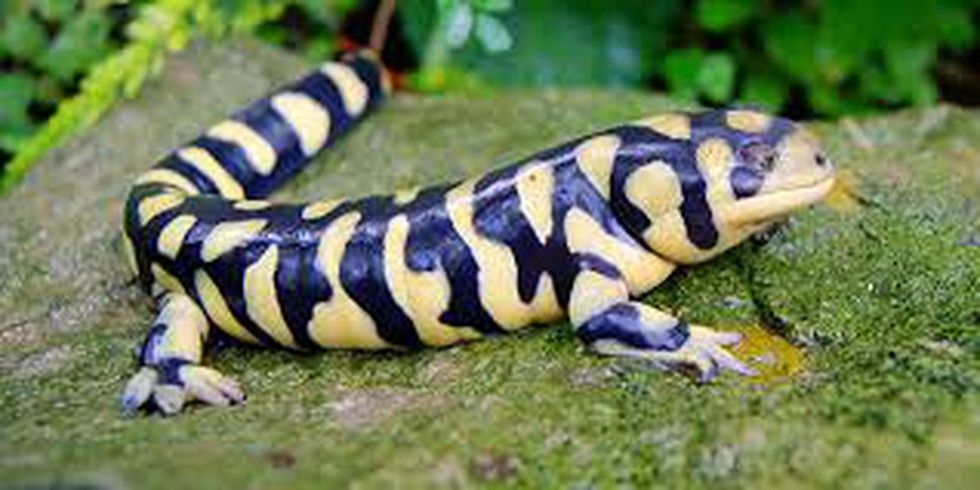About Salamander:
- It is an amphibian with a slender body and a long tail.
- Features:
- Their size varies with different species, ranging from 2.5 cm to 20 cm. The largest salamander in the world is the Chinese Giant Salamander, which can grow up to a length of 5 feet.
- Most salamanders look like a cross between a lizard and a frog. They have moist, smooth skin, like frogs, and long tails, like lizards.
- They are nocturnal and cold-blooded species and their temperature changes with their habitat.
- Some salamander species can be poisonous, and some even have teeth.
- They are capable of regenerating lost limbs within a few weeks, including tails and toes, allowing them to survive attacks from predators.
- Habitat: They live in or near water or find shelter on moist ground and are typically found in brooks, creeks, ponds, and other moist locations, such as under rocks.
- Distribution: They are mainly found in North America, Europe, Asia, the northern parts of South America and North Africa.
Highlights of the research:
- The researchers have uncovered that the wandering salamanders can finely control and regulate blood flow to each side of their toe tips.
- This allows them to adjust pressure asymmetrically, improving grip on irregular surfaces like tree bark.
- The blood rushing in before “toe off” appears to help salamanders detach rather than attach. By slightly inflating the toe tip, the salamanders reduce the surface area in contact with the surface they are on, minimising the energy required to let go.
- Significance: Insights into salamander toe mechanics could ultimately inform the development of adhesives, prosthetics, and even robotic appendages.
